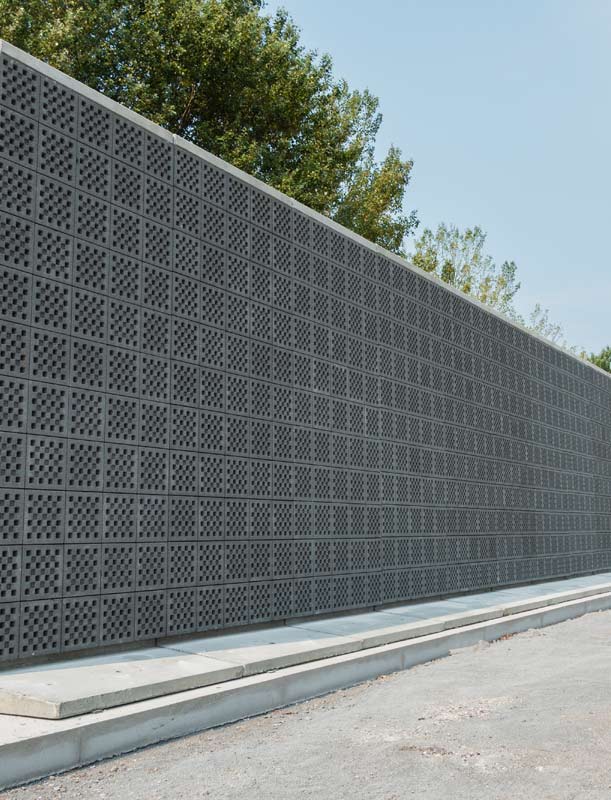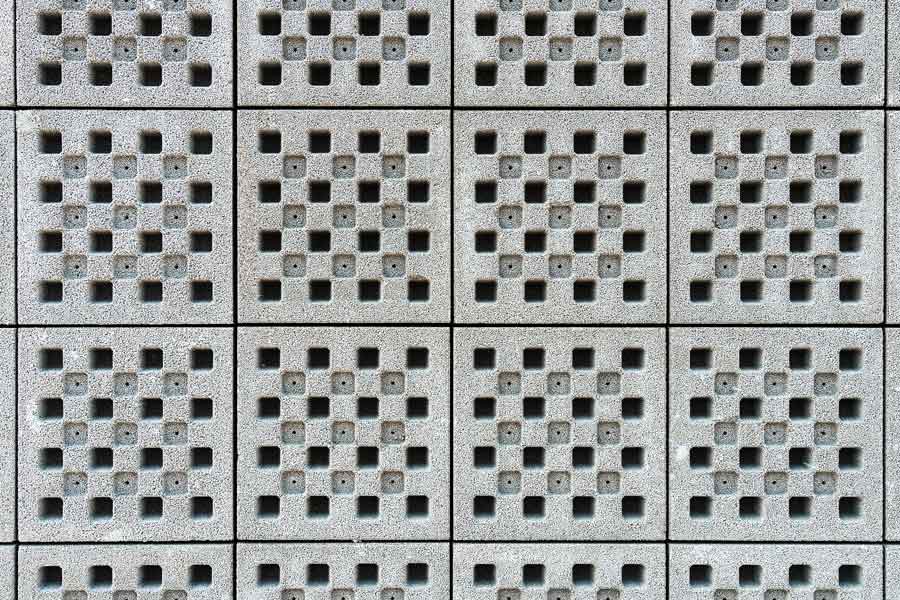Noise barrier to reduce acoustic pollution
Innovative noise barriers in expanded clay concrete to protect inhabited areas from noise pollution coming from the A4 highway, one of the most important road arteries that crosses northern Italy from west to east.
During the expansion works between Quarto d’Altino and San Donà di Piave, heavy traffic, mainly involving heavy vehicles, required the use of a suitable noise absorption solution, especially on the new embankments near the small agglomerations of houses along the stretch managed by Autovie Venete.


In fact, when building strategic infrastructure works, increasing attention is paid to compatibility with the surrounding area. For this reason, in the case of highways, soundproofing is a fundamental element. Noise barriers, which have been placed on both sides along a stretch of about ten kilometres, consist of prefabricated reinforced concrete panels and expanded clay concrete soundproofing slabs.
This particular solution, which thanks to the stratigraphy and geometric conformation of the surface, has high absorbent properties and a sustainable core.
A new product born from the circular economy
An important contribution came from the Pittini Group, both in terms of production efficiency and sustainability. The Granella® product, obtained from steel production waste, is used as an artificial aggregate in the construction of bituminous layers, cement concrete and concrete mixes.
It is an authentic example of circular economy; a product deriving from a waste recovery system and enhancement of an industrial material that is introduced into another production chain to become a valuable resource.
In addition, the use of recycled material like Granella® makes it possible to certify the products within the minimum environmental criteria (CAM) for the building industry.



